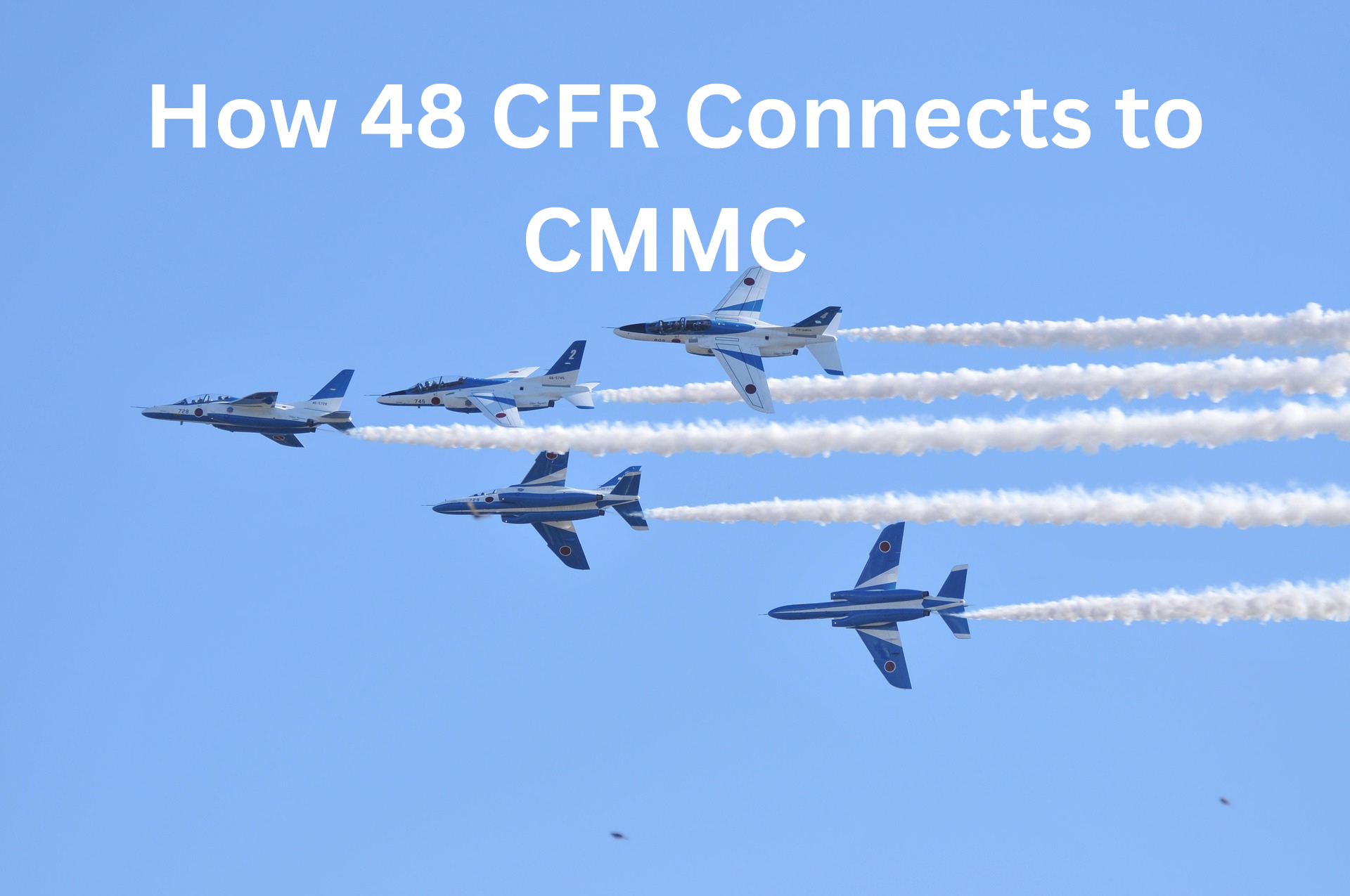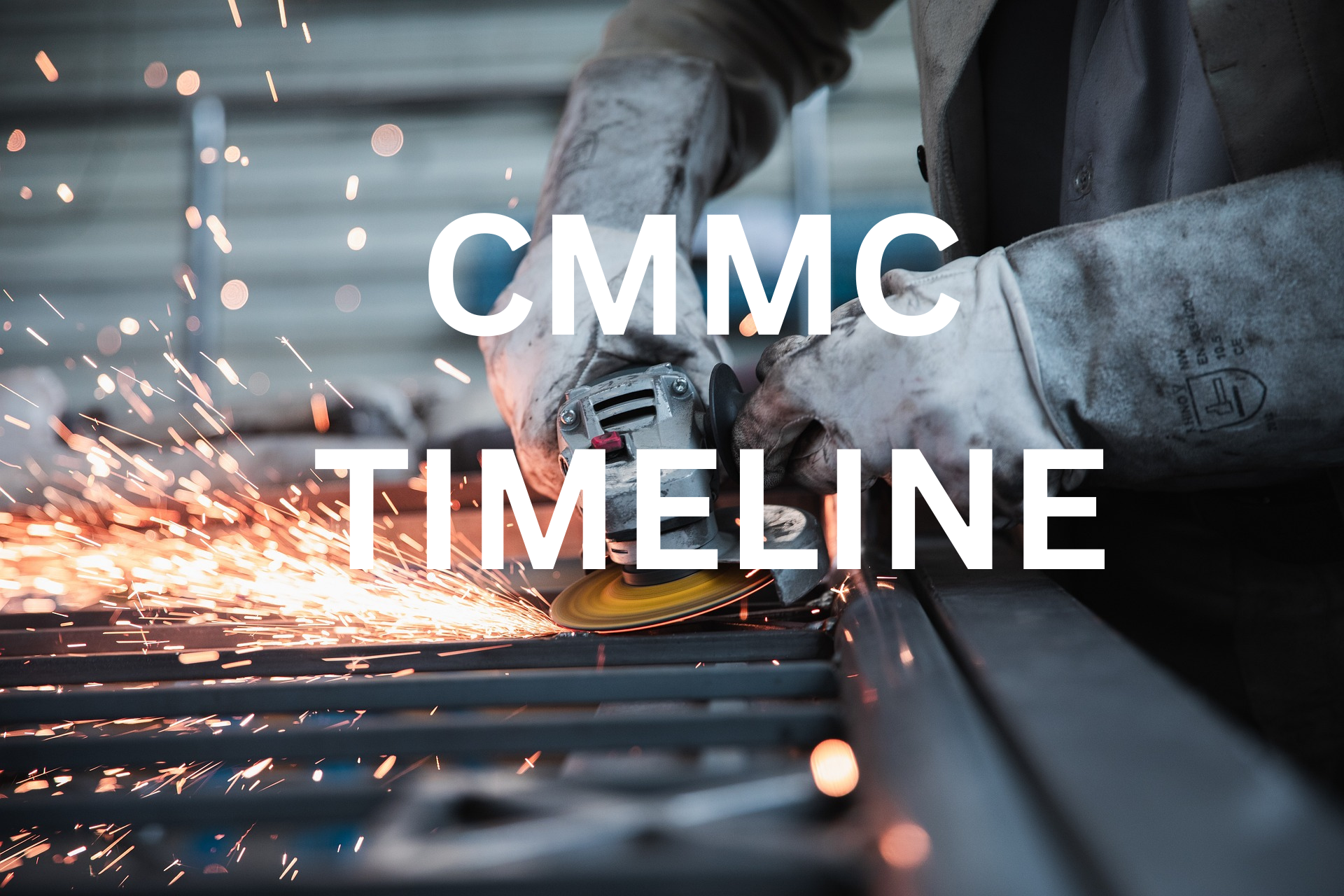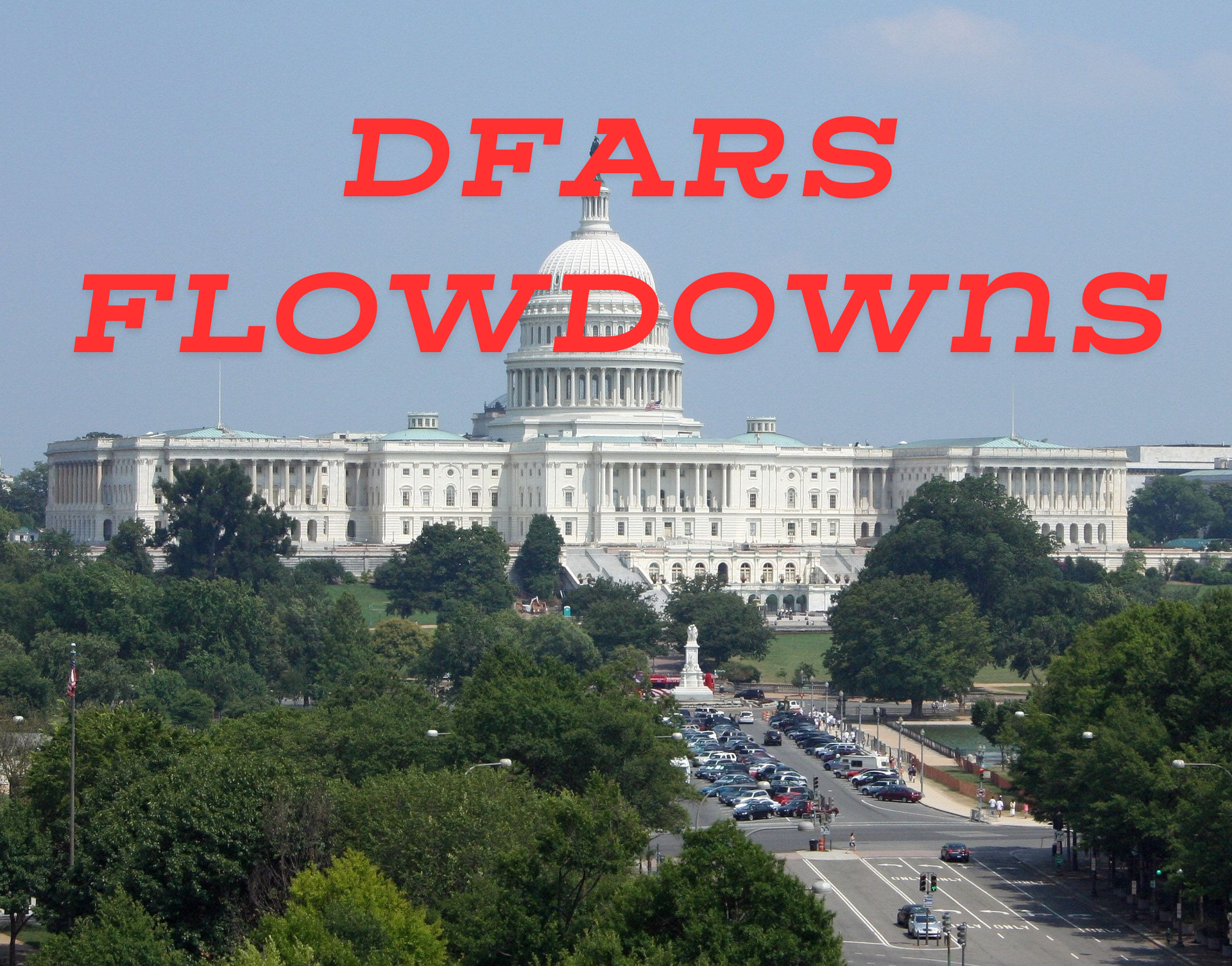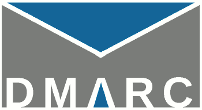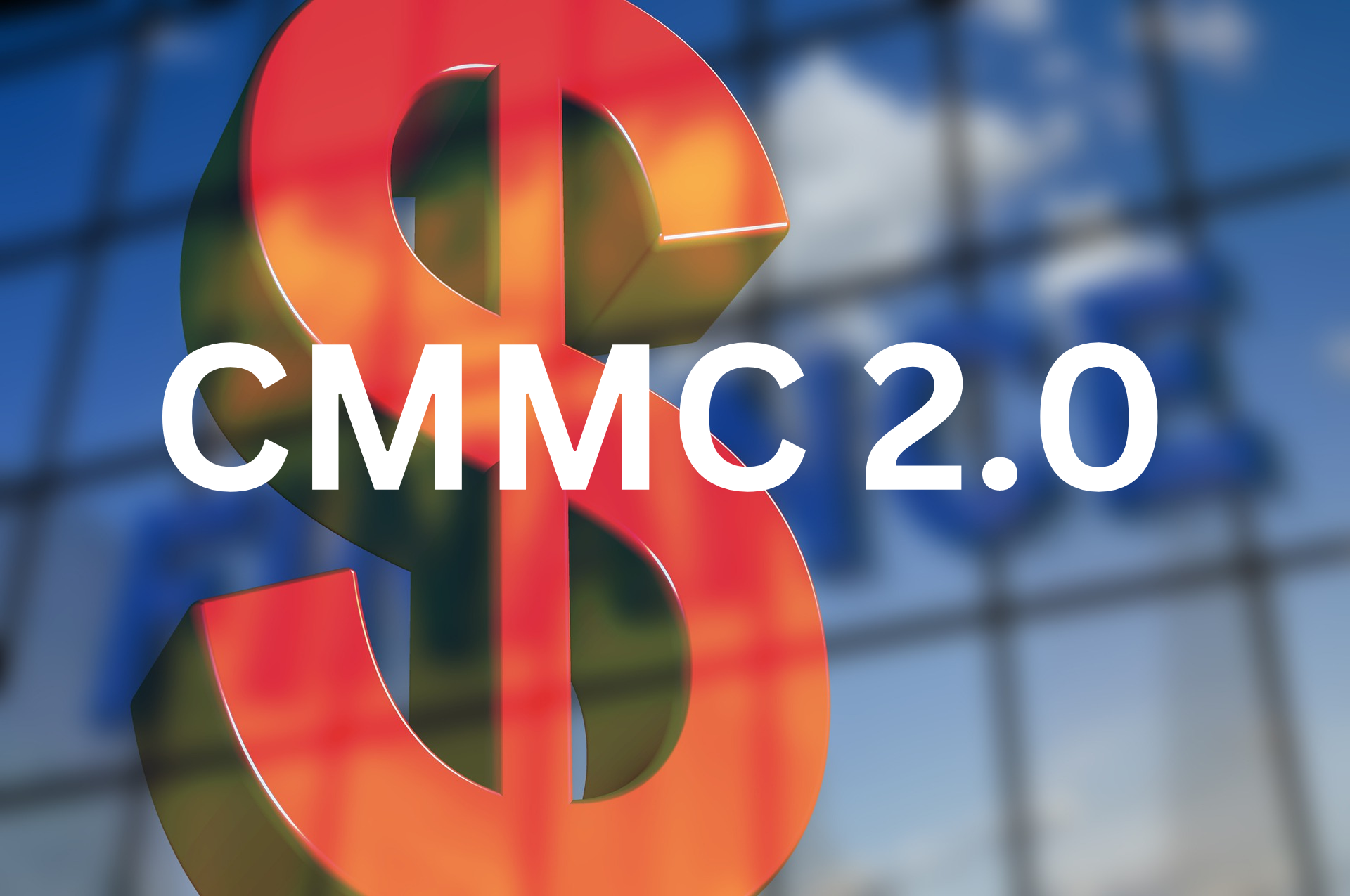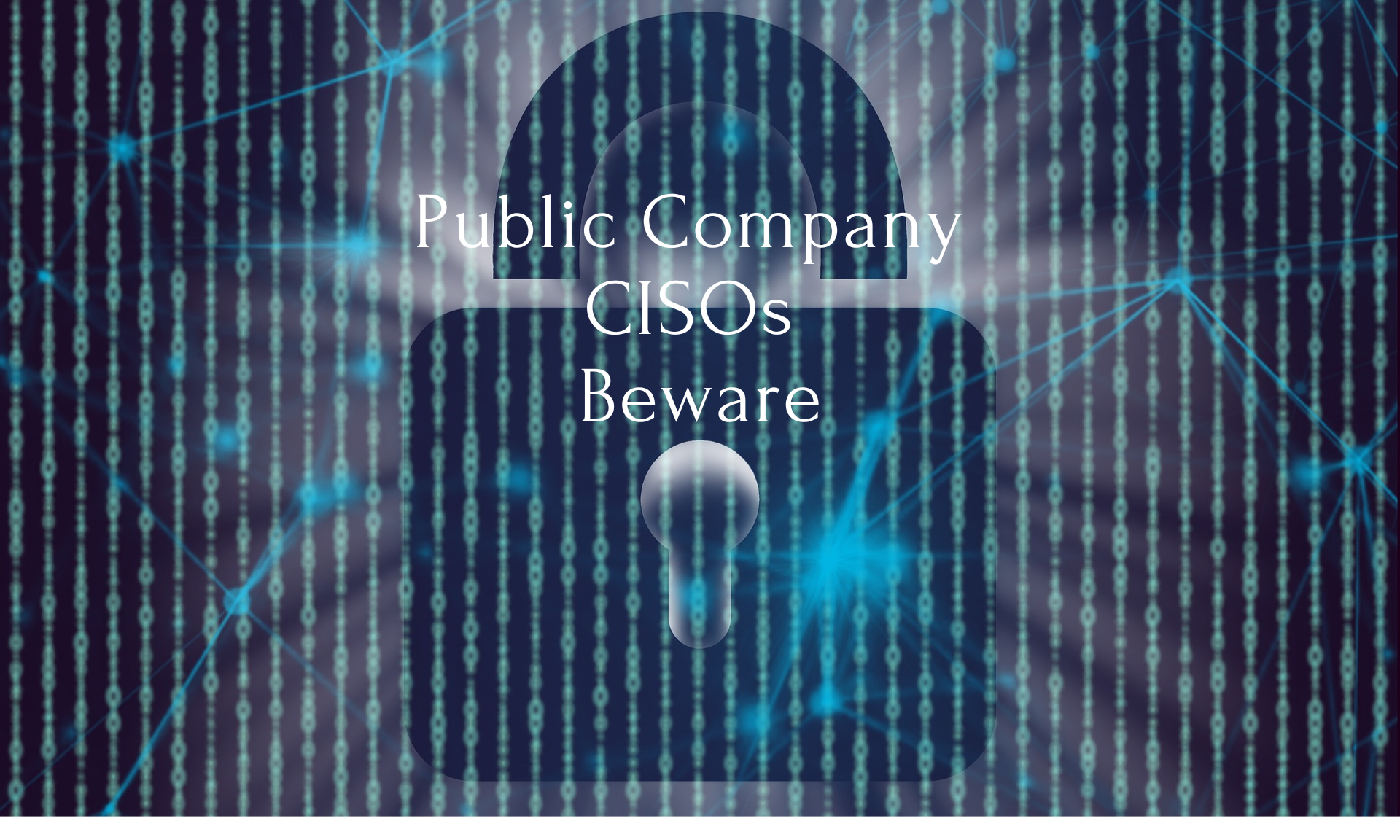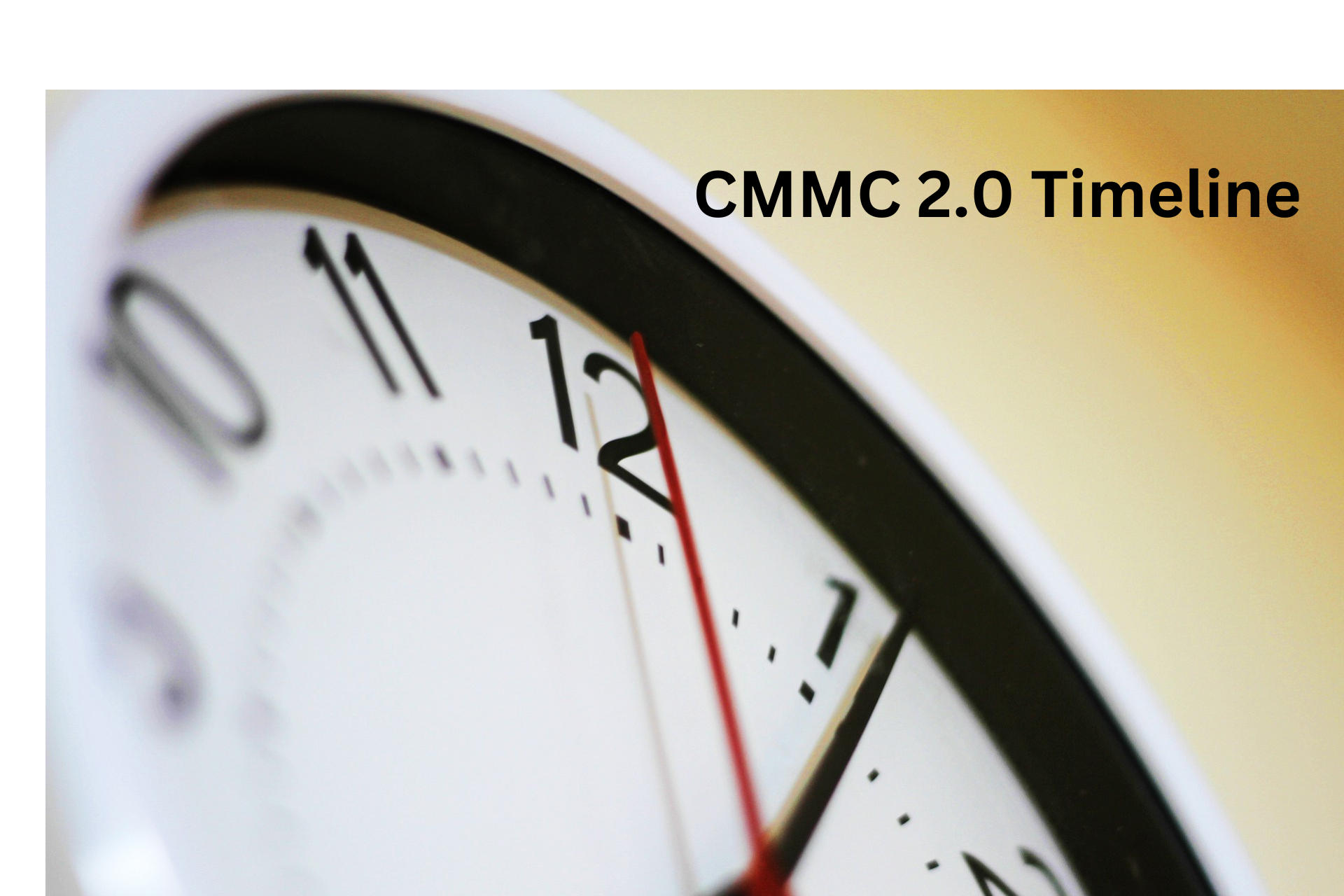Microsoft has introduced Microsoft 365 Business Premium for GCC High, a tailored solution for small and mid-sized organizations in the Defense Industrial Base (DIB). This offering provides a cost-effective path to compliance with CMMC 2.0 and NIST 800-171, while maintaining the strict security and sovereignty standards of the GCC High environment.
✅ What Does GCC High Business Premium Include?
The new Business Premium for GCC High license mirrors much of the functionality of the commercial Business Premium suite but operates within Microsoft’s U.S. Government Community Cloud High (GCC-High) environment. Key features include:
Read More


